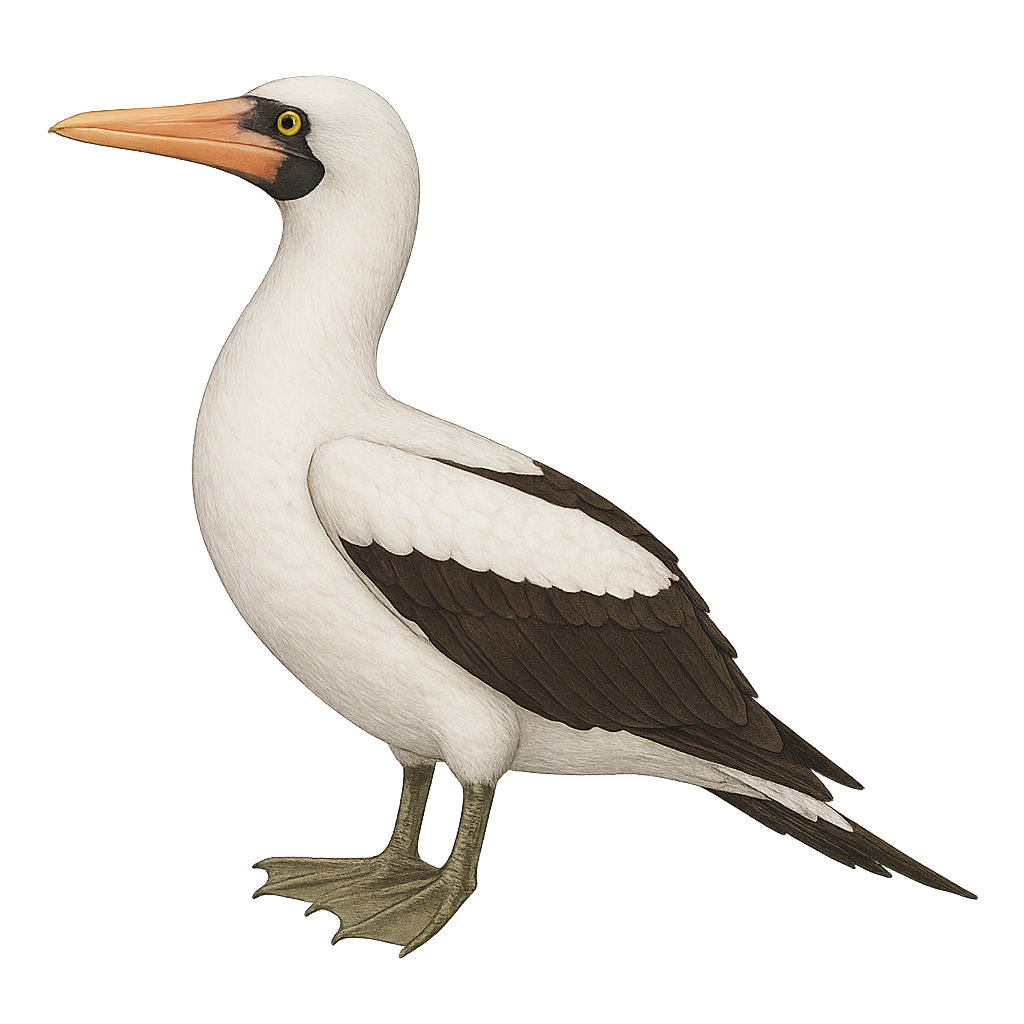Your wildlife photography guide.
Explore the nazca booby in detail, study its behavior, prepare your shots.
Where to observe and photograph the nazca booby in the wild
Learn where and when to spot the nazca booby in the wild, how to identify the species based on distinctive features, and what natural environments it inhabits. The WildlifePhotographer app offers tailored photography tips that reflect the nazca booby’s behavior, helping you capture better wildlife images. Explore the full species profile for key information including description, habitat, active periods, and approach techniques.
Nazca Booby
Scientific name: Sula granti

IUCN Status: Least Concern
Family: SULIDAE
Group: Birds
Sensitivity to human approach: Suspicious
Minimum approach distance: 10 m
Courtship display: August to December
Incubation: 43-47 jours
Hatchings: September to February
Habitat:
Rocky islands, cliffs, coastal shores
Activity period :
Primarily active during the day, with peak activity in the morning and late afternoon.
Identification and description:
The Nazca Booby is a striking seabird native to the Galápagos Islands, recognized for its bright white plumage contrasted by black wings and tail. It has a sturdy, pointed bill, often yellowish, ideal for catching fish and squid by diving skillfully into the ocean. This bird nests in dense colonies on cliffs and rocky islets, creating rudimentary nests on the ground. Pairs are monogamous and share parental duties, typically incubating two eggs. The chicks, covered in white down, rely on adults for food until they are ready to fledge.
Recommended lens:
400mm – adjust based on distance, desired framing (portrait or habitat), and approach conditions.
Photography tips:
To photograph the Nazca Booby, aim for early morning or late afternoon when the light is soft and flattering. Use a telephoto lens of at least 400mm to capture precise details without disturbing the birds. Be patient and discreet, blending into the environment to observe their natural behavior. Focus on capturing them in flight to showcase their elegance and agility. If possible, use a tripod to stabilize your camera for sharp images.
The WildlifePhotographer App is coming soon!
Be the first to explore the best nature spots, track rutting seasons, log your observations, and observe more wildlife.
Already 1 432 wildlife lovers subscribed worldwide

